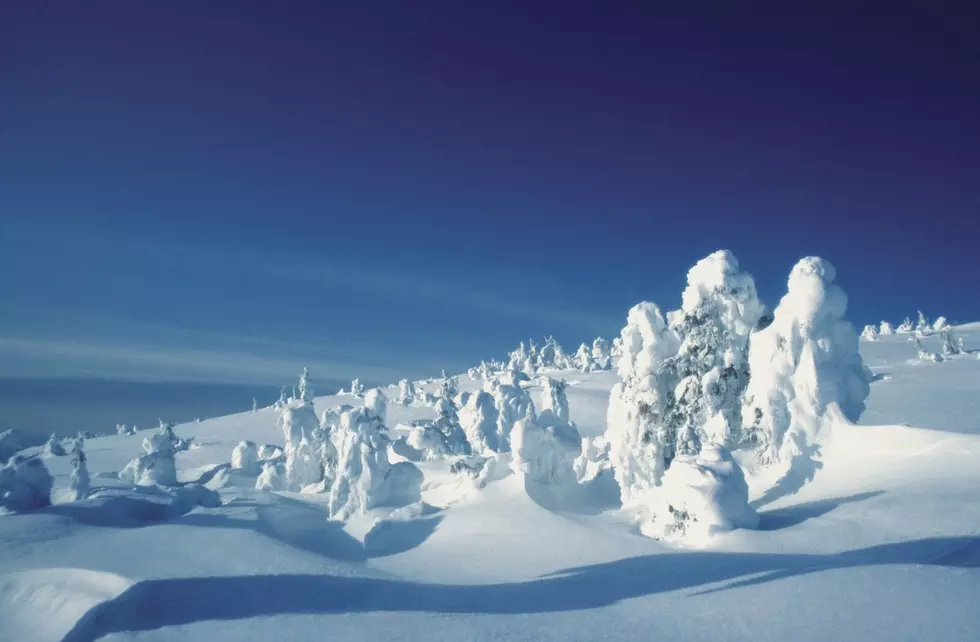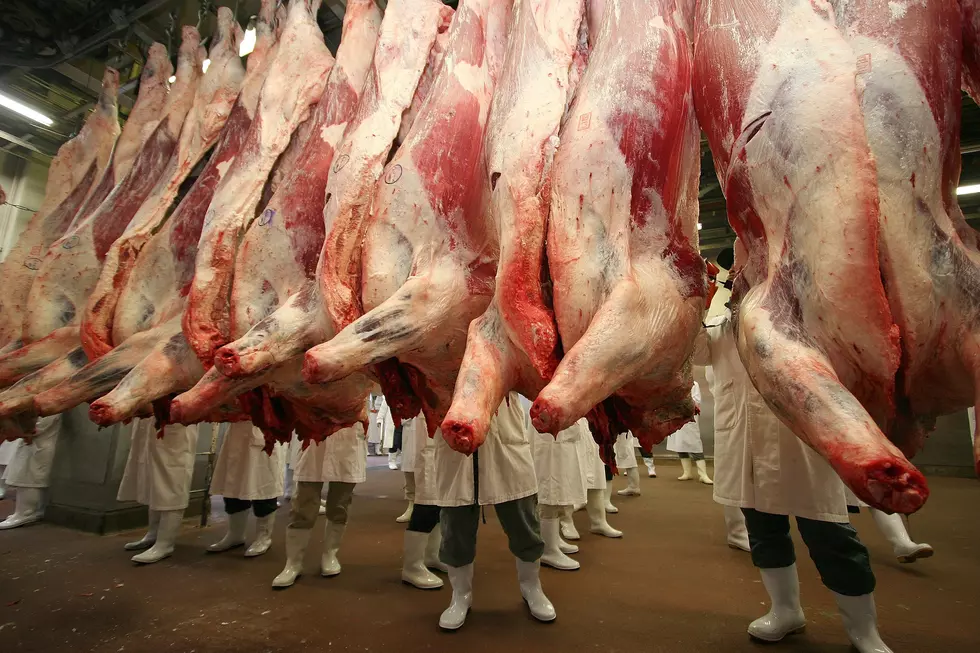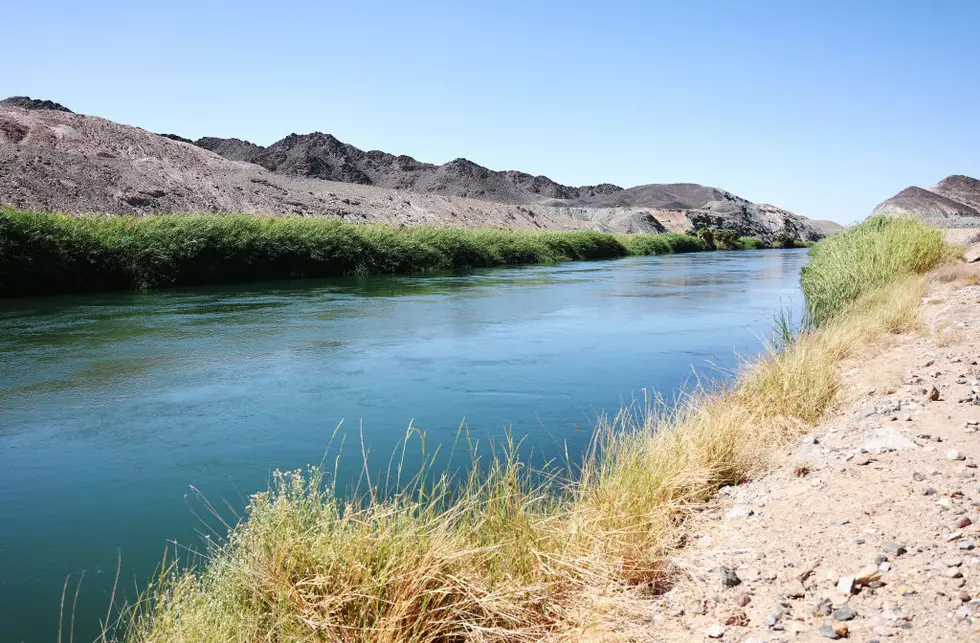
Holy Swiss Cheese, Batman! Where Are the Holes?
It’s the weekend, the weather’s hot and the grill is hotter. The burgers are ready for cheese, but instead of your usual American or cheddar, you reach for Swiss when you notice something’s changed.
Where are the holes? WHAT happened to the holes? Swiss cheese has had fewer holes in the past 10 or 15 years, and scientists have figured out why by finally correctly identifying what makes the holes in the first place.
For forever, scientist and cheese-heads had long thought that the holes were caused by carbon dioxide released by bacteria in the milk. WRONG!
Swiss scientists have found instead that the holes are caused by tiny bits of hay in the milk. Hmmm, hay or bacteria? Tough choice.
After traditional open buckets that were long used during milking were replaced by sealed milking machines, stray bits of hay were no longer getting into the milk, leading to smaller or even no holes in the Swiss cheese. Now you know.
So in your mind is it really Swiss if it doesn’t have holes?
More From News Talk KIT









